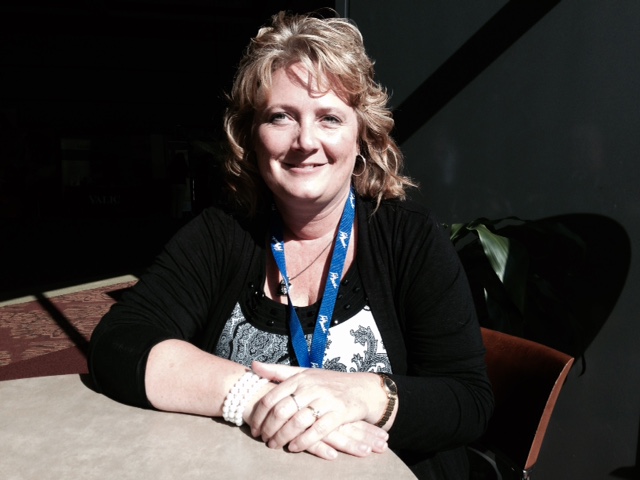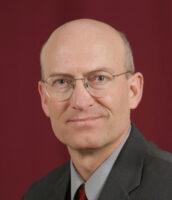Jeanne Buschine can track about three-fourths of the West Ada School District’s class of 2015.
These graduates went on to college, joined a branch of the military, went on a church mission or enrolled in a vocational program. But Buschine, the district’s school counseling supervisor, doesn’t know the whereabouts of 503 of West Ada’s 1,980 graduates from a year ago. Some are in professional-technical programs, but no hard numbers are available.
West Ada has two goals. The district wants to do a better job of tracking these “missing” grads. And the district doesn’t want any more “missing” grads; every student should leave high school with some plan for the future.
The state’s largest school district has an additional $585,000 to use to address both goals. It’s part of a $5 million state line item, designed to boost Idaho’s career and college counseling program.
The money, and the help, is on the way. The 2016 Legislature endorsed Gov. Butch Otter’s spending request earlier this year.
A longstanding problem
Idaho’s counselor shortage is well-known — and systemic.
In 2012, the Legislature’s Office of Performance Evaluations urged the state to hire more counselors, who could help students chart a course to college or the work force. The OPE cited 2009-2010 numbers that pegged Idaho’s student-to-counselor ratio at 447-to-1. That was slightly better than the national average, but well below the American School Counselors Association’s recommended 250-to-1 ratio.
Idaho’s student-to-counselor ratio has improved, albeit slightly. It now sits at 434-to-1, State Department of Education spokesman Jeff Church said this week.
Idaho isn’t alone.
When Education Secretary John King addressed the Education Writers Association’s national seminar in Boston last week, he listed college awareness as one of his priorities, but lamented the “totally unreasonable workloads” shouldered by the nation’s school counselors.
“Counselors make a huge difference, especially in high-needs schools,” King said.
Idaho’s counselor shortage comes as the state is pushing for an ambitious and possibly unattainable goal. The state wants 60 percent of its 25- to 34-year-olds to hold a college degree or postsecondary certificate by 2020. The number now sits at 40 percent, as Idaho’s college completion rate remains one of the lowest in the nation.
Where will the money go?
Will more money mean more counselors?
Yes. But it isn’t always that simple.
Districts are supposed to use their share of the $5 million to focus on academics, and helping students explore their college and career options. But that doesn’t necessarily mean the districts need to hire new counselors. They can use the money for professional development, virtual coaching or planning, Church said. Small districts will be able to pool their money to share new counselors.

In Latah County’s Genesee School District, Superintendent Wendy Moore is going a different route. She will reassign testing duties that now fall to the district’s counselor. This should give the counselor more time to high school students on tours of area college campuses, or line up speakers and events to get students thinking about postsecondary education.
Genesee is already a college “go-on” success story; 84 percent of its class of 2014 enrolled in college within 12 months of graduation, according to State Board of Education data. But as a small district, Genesee also stands to get only $10,000 of the $5 million in counseling money.
Patching programs together
The Sugar-Salem School District’s college go-on numbers are low — but possibly misleading. Only 30 percent of Sugar-Salem’s class of 2014 went straight on to college. But Sugar-Salem sits in the heart of Eastern Idaho’s Mormon country, and graduates frequently put their education on hold to complete a two-year mission with The Church of Jesus Christ of Latter-Day Saints.
Nonetheless, the district has been trying to prepare students to make good college and career choices, even if those decisions are put on hold during a mission.

The district has cobbled its counseling together, largely with federal dollars, Superintendent Alan Dunn said. The federal GEAR UP program helps students prepare for college-placement exams and helps families arrange college visits. The feds’ near-peer mentoring program allows Sugar-Salem to hire a counselor, only a few years older than the students, who can help navigate the college application process.
But the GEAR UP money will disappear in the next two years, Dunn said. The $27,000 share of state funding will at least allow Sugar-Salem to add a staffer and take some pressure off counselors.
Even in a rural district, those pressures are real. Counselors do not only help students with short-term scheduling or long-term planning; they provide the first line of help to a student suffering from depression or contemplating suicide.
“They have little time to help students prepare (for college),” Dunn said.
No ‘golden ticket’
The Legislature isn’t just putting more money into counseling, Buschine said. At the same time, the state is pumping money into dual-enrollment programs — designed to allow high school students to earn college credit.
Buschine is excited about the possibilities. The dual-credit programs are breaking down the financial barriers to college, she says.
At the same time, though, counselors cannot afford to fall into a college-only mindset. Sixty-two percent of West Ada’s 2014 graduates went straight to college, well above the state go-on rate of 50 percent. But college is not a “golden ticket,” Buschine said. Counselors have to recognize and respect the fact that students can take any number of paths to success.
That means taking the time to listen.
“We don’t want to make choices for kids,” Buschine said. “That is the absolute opposite of what a school counselor is trained to do.”
West Ada will have more staff for the job. The district will use its $585,000 to hire another full-time counselor at each of its five high schools, a part-time counselor at its Renaissance High School and counseling help to work a day a week at the alternative schools.
It will all help, she said. West Ada now has a counselor for every 400 to 450 high school students. Adding a counselor will push that ratio toward the 300-to-1 range.
“Would it better to have even another person?” she said. “Probably.”
